Choose The Best BLS Training
Choosing BLS Training classes can be complicated and overwhelming. Fortunately, Illinois Safety is the one you can trust. Choosing us can give you positive results in your training. We have a lot of easy-to-follow courses that will help you get certified faster and at a lower cost. Our goal is to bring you the most recent BLS Cert training. It includes also other educational training so that you can move up in your job.
For more questions, you can check our FAQ section. Send us a message today or call us at 630-290-4280.
What is BLS, or Basic Life Support Training?
Basic life support (BLS) is a level of medical care that is given to people who have serious illnesses or injuries that could kill them until they can get full medical care from advanced life support providers (paramedics, nurses, physicians). It can be given by both trained medical staff and qualified bystanders, like emergency medical technicians.
10 Tips For Finding The Best BLS Training
If you’re investing in BLS training, you want to make sure you’re getting the best. Supposed that you’re choosing a course for yourself or on behalf of your employees. Here are ten tips to help you pick the best BLS training.
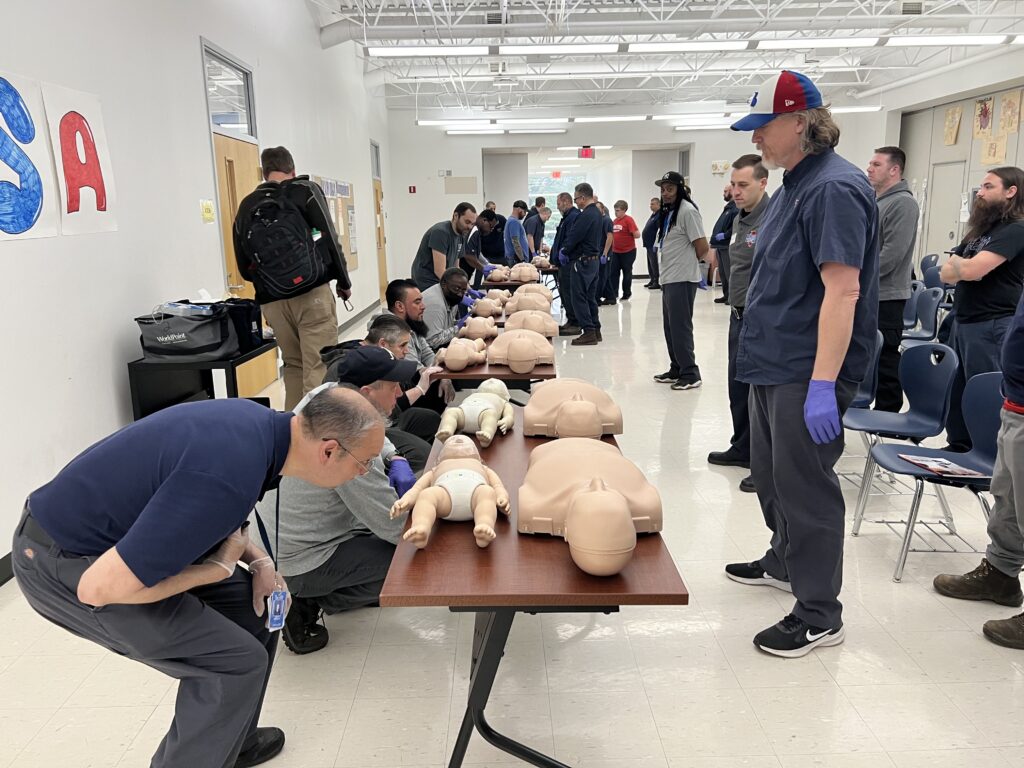
1. Pick A Provider That’s Right For You
BLS training is available at community colleges and hospitals. Private companies also offer it. The best company depends on your goals and needs.
Consider taking a class with your local fire department or EMS. It can be helpful to you, your family, or friends in an emergency. These classes are free or inexpensive and take place at fire stations most of the time.
Ask your friends and relatives for recommendations of who’s the best company gives BLS certification. Training is often free at hospitals and other places that treat people.
Find an online or blended cardiopulmonary resuscitation (CPR) class that lets you do most of the classwork at home. This way, you can have your lectures done in the comfort of your home. Then, later on, the demonstration will happen at the school/office classes. In this matter, it will be easy for you to get your BLS certification.
2. Choose An Accredited Course
You may have heard of this term before, but what does it mean? When a course is accredited, it means that it has been approved by a governing body to give quality training. For example, the American Heart Association (AHA) makes sure that all its training courses in BLS Certification For Healthcare Providers are approved. In this matter, you can have your certificate legal. You can also use it in your job application and for whatever purposes it serves.
3. Take A Class That Offers Hands-On Training
The best BLS training doesn’t just lecture on the topic. It provides hands-on training, so you feel comfortable using an AED in real life. We also recommend that any BLS class you take includes mannequins. It is for CPR practice and realistic-feeling face masks. Hence, you feel comfortable using them when faced with a real emergency.
4. Choose A Program With An Online Presence
As technology advances, more and more courses are being offered online. If you’re looking for an online BLS course, ensure the provider has an online presence. This way, you can be sure the provider is legitimate and that you’ll have access to customer service if you need it.
5. Check For A Certification Upon Completion Of The Course
After your BLS training, you should receive a certification from the provider. Your employer will know that you are qualified to perform CPR in an emergency. It’s also proof that you took the time to find a high-quality training program.
6. Make Sure The Class Is Appropriate For Your Experience Level
You want to make sure you’re getting the most out of your training. It’s essential to find an appropriate course for your experience level. If you’re a health care professional, you’ll need a different course than someone who’s never taken CPR before. Make sure the provider offers courses that are appropriate for your skill level. But a reminder that you have to at least take research about the courses/class. In that case, no one will take advantage of your innocence.
7. Ask About The Instructor’s Experience
You want to be sure you’re learning from an experienced instructor. They can provide answers to any questions you have. Find out how long the instructor has been teaching and their experience in the field of BLS.
8. Check The Course Schedule
Most BLS classes near you are offering weekend or evening hours. It will accommodate people who work full time. If you have a busy schedule, look for a course you can complete in one day or offer in an online or blended format.
9. Get The Course Materials In Advance
Supposed you’re taking a traditional classroom course. Ask the instructor if you can get a copy of the course materials in advance. It will allow you to review the material before the class and come to class prepared with questions.
10. Compare Prices Of The Courses Offered
Choose a clinic that can offer high-quality training at an affordable cost. When comparing classes, make sure you’re looking at the price of the course, materials that are included, and the length of the class.
By following these tips, you can find a “BLS CPR Certification Near Me” that’s right for you. It will help you to save a life in an emergency.
There are a lot of businesses that offer BLS training out there. The chances of getting good training for free aren’t very high. You should never skimp on one thing about health and safety, and it’s the BLS course. So you have to be careful when you choose!
How Can BLS Training Help You?
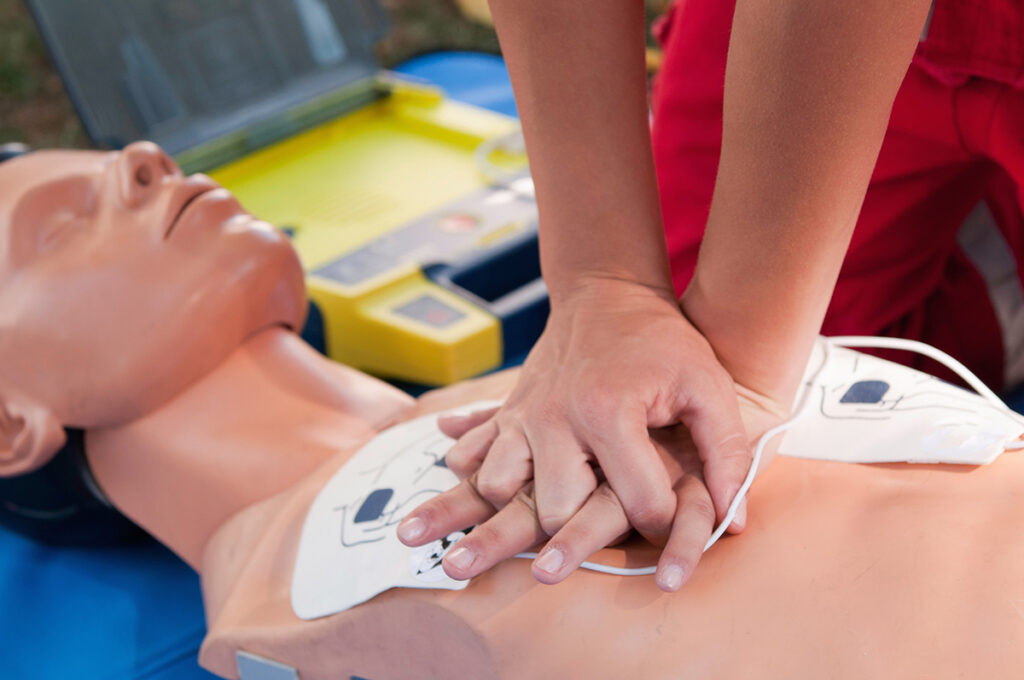
Everyone should take a BLS class, even if they don’t work in the medical field or aren’t. This is because you don’t know when an emergency will happen. Many people get BLS training even if they don’t work in a hospital because it can come in handy when they are outside. Listed below are some ways it can help you:
It Can Help Save Lives
Taking this course could help people save lives. A person who knows what to do if someone falls over at work can help save their life until paramedics arrive.
It Helps You Stay Calm In An Emergency
There is a good chance you will get nervous if someone falls in front of you or if you see a car accident. You might not know what to do. But, this is less likely to happen if you have taken your BLS class. How to deal with the situation and how to stay calm will come naturally to you.
BLS training can be helpful in an emergency. For example, if you ever need CPR, having this training will ensure that you know how to do it right. It will also give the person who needs it the best chance of living.
It Can Help You Handle Certain Medical Equipment
You will likely have to use some equipment every day in the medical field. If you haven’t used these before, you must get some training to use them properly. Then, you could hurt yourself or someone else if you don’t pay attention.
It Can Help Prevent Injuries And Illnesses From Spreading
BLS training can also help you stay calm in an emergency and save lives. It can also help keep injuries and illnesses from spreading to other people in your area. A nearby person who knows how to give first aid can ensure that they don’t spread their illness or injury to other people.
Everyone should think about taking a BLS training course. It will prepare us for any situation. Because it could save your life or someone else’s, it’s worth getting.
What Is BLS Training?
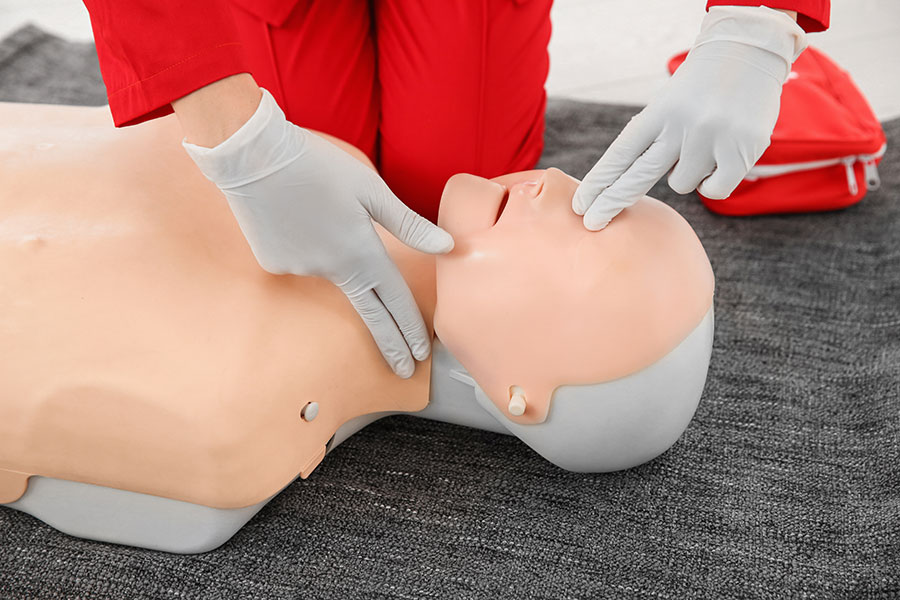
The BLS course teaches you how to do CPR on an adult or child who isn’t breathing or has no pulse. It also shows you how to use an external automated defibrillator (AED).
Why Should I Take BLS Training?
According to an AHA study, only 36% of Americans have been trained in CPR in the last five years. It was before the new guidelines came out in 2015. We may all know how important CPR is, but many people don’t know how to do it right or when they shouldn’t do it at all. The AHA thinks it could save more than 350,000 lives if every American learned CPR.
Are There Any Requirements For Enrollment?
A Basic Life Support (BLS) training program is open to anyone who wants to join. So, you may not be able to join some programs until you reach a certain age or meet other requirements. For example, you have to be at least 16 years old to join the American Heart Association. If your program has age requirements, ensure they are met before people sign up.
Who Should Take BLS Training?
The course is for people who work with people who need help with their lives. It is vital for people who may be the first to arrive at an emergency scene. Police officers, firefighters, and security guards are all in this group. It’s also a good idea for people who work in public where many people are walking around. They can be the first to help in an emergency.
When looking for BLS classes that are right for you, find one that can give you the quality you need. You want to get the most out of your training, and saving lives is the best way to do that.
Illinois Safety has a lot of experience with first aid and CPR for people. You can be sure that the BLS Provider you get is the best one. Choose us if you live near Chicago and want to learn CPR or first aid. You can start saving lives right away. If you run through our classes and made your decision, you can sign up here or email us. You can call us at 630-290-4280 for your inquiries.
Illinois Safety Offers The Services As Follows:
- Pediatric Advanced Life Support (PALS)
- Advanced Cardiovascular Life Support (ACLS) Classes
- Basic Life Support (BLS) CPR
- Heatsaver First Aid CPR AED
Frequently Asked Questions
Which of the following is the most important in BLS?
Furthermore, despite the fact that no such studies can be conducted in the Romanian medical teaching system because no BLS formal curricula exist, the most important BLS skill, good quality chest compressions, was retained by significantly more students who were taught the new resuscitation guidelines in accordance with the new curriculum.
What is the top priority of the BLS?
According to the 2010 AHA Guidelines for CPR and ECC, the BLS sequence of steps for adults, children, and infants should be changed from A-B-C (Airway, Breathing, Chest Compressions) to C-A-B (Chest Compressions, Airway, Breathing) (excluding the newly born; see Neonatal Resuscitation section).
What are the foundations of BLS?
If one is available, use it. Close the patient’s nose with a pinch. Make a seal with your mouth over the patient’s mouth, or use a pocket mask or bag-mask. Each rescue breath should last about a second. Take note of any chest rising. Allow time for the patient to expel the air.
How should I prepare for the BLS?
How should I get ready for BLS training? It’s a good idea to familiarize yourself with basic BLS information, review a BLS certification study guide, and take a practice exam or two before enrolling in an AHA BLS certification course.
In what order are the seven components of the BLS algorithm listed?
The following are the key elements: • Prompt recognition of cardiac arrest; • Urgent medical assistance; • Early effective CPR with an emphasis on minimal interruptions to compressions; • Early defibrillation; • Early advanced life support; • Integrated post-cardiac arrest care
What are the three most important aspects of life support?
Basic Life Support (BLS) assessment, airway maintenance, and breathing Cardiopulmonary Resuscitation (CPR).
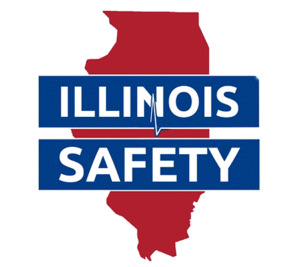
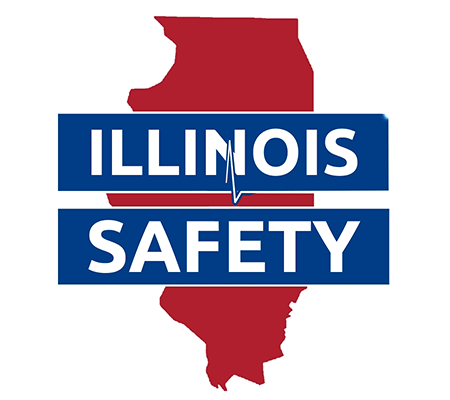
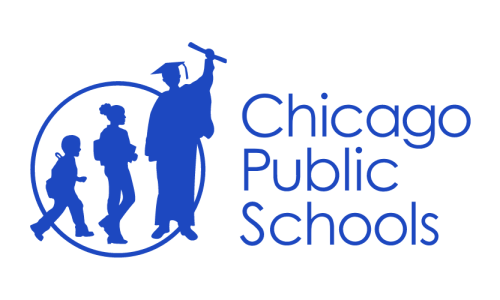
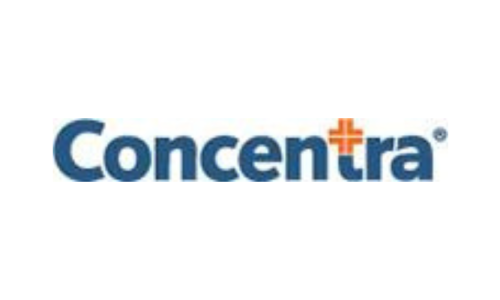
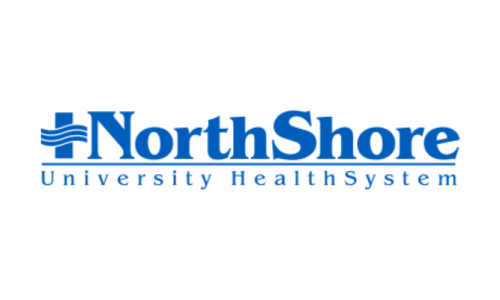
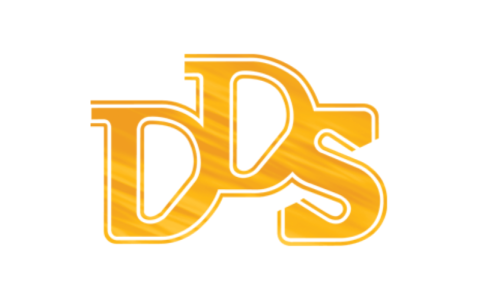
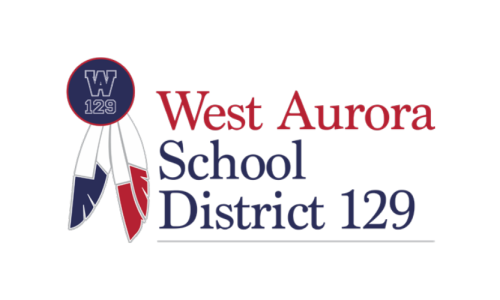

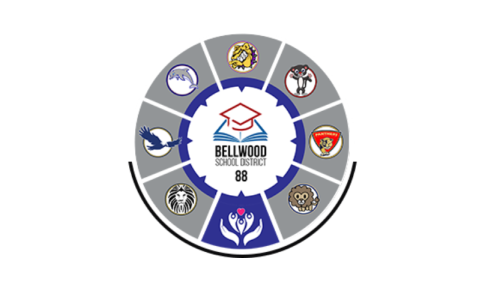
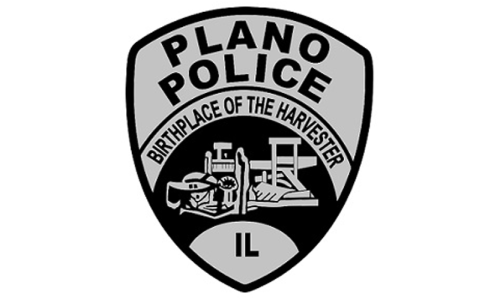
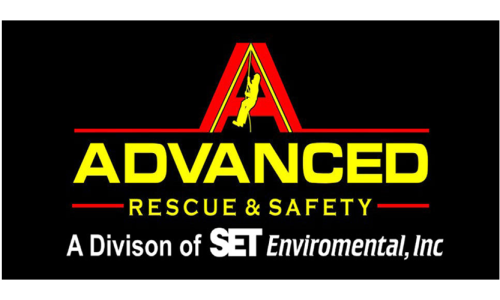
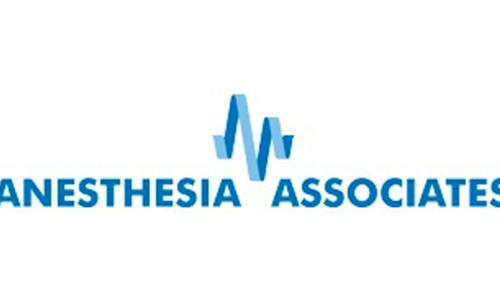
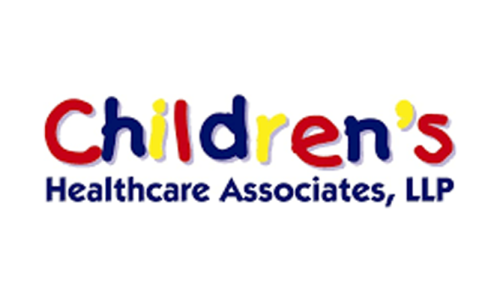
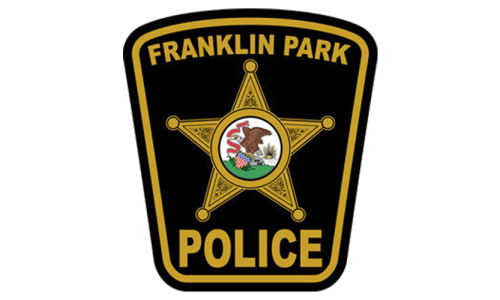
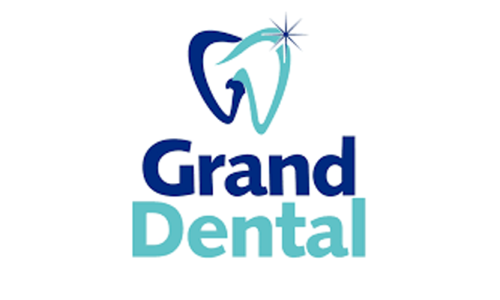

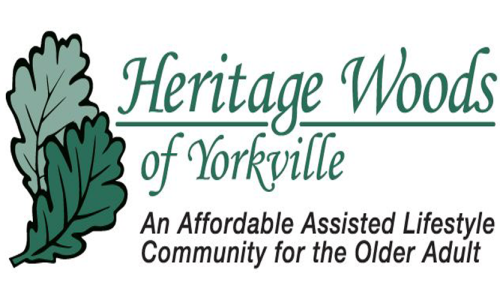
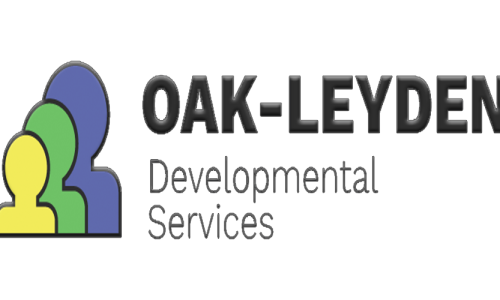
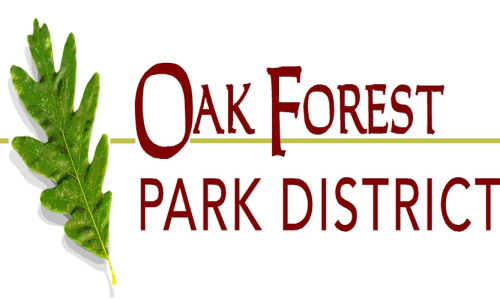

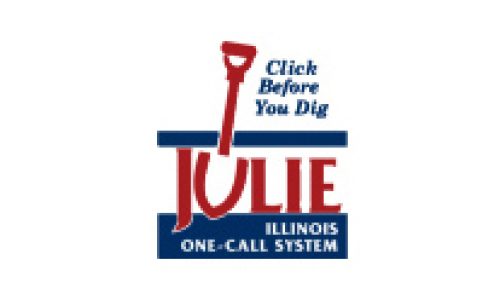
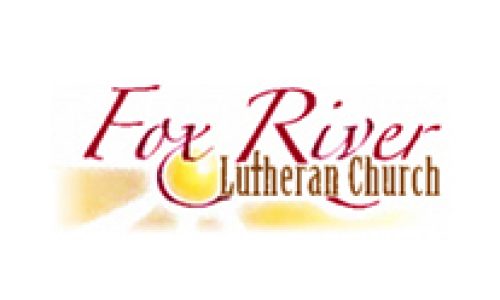

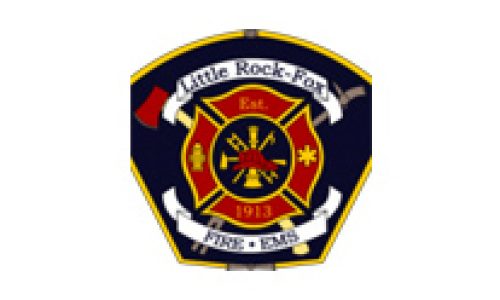
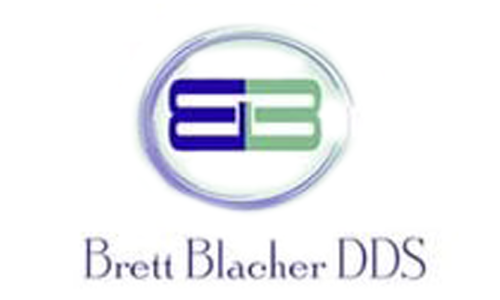
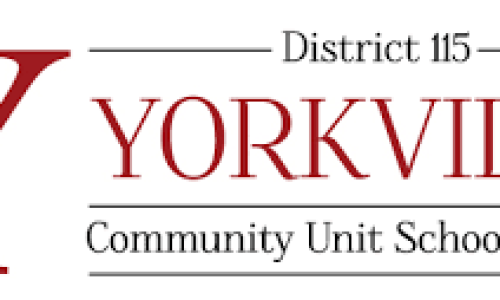

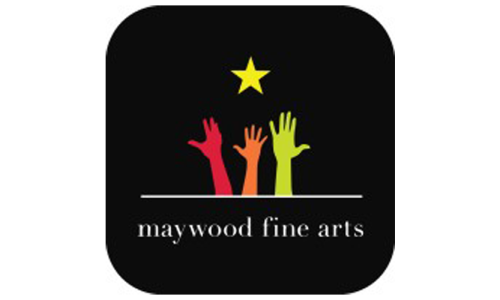


 Powered by
Powered by